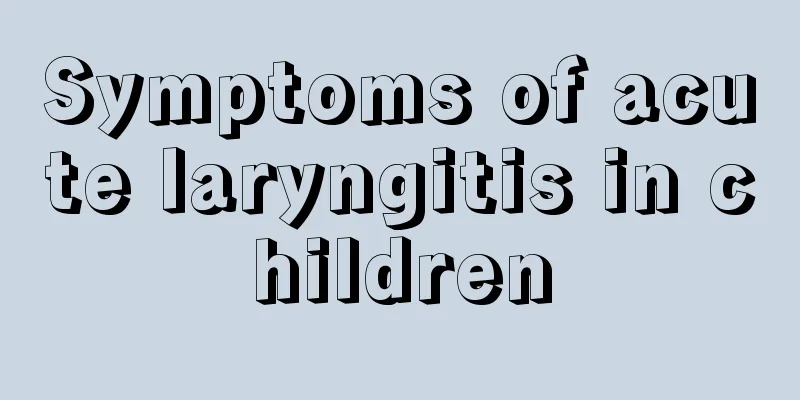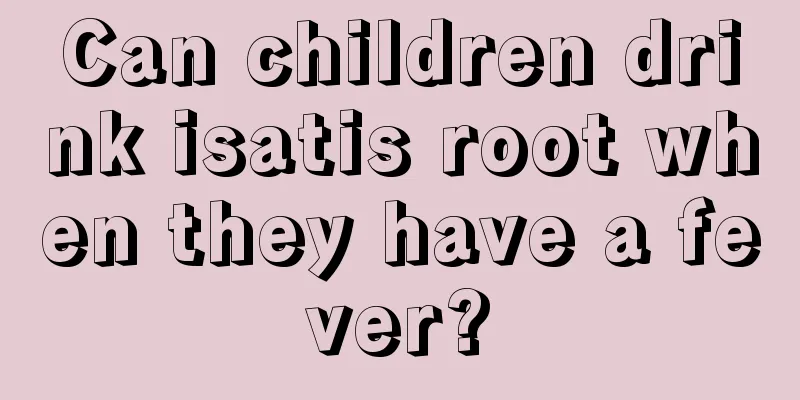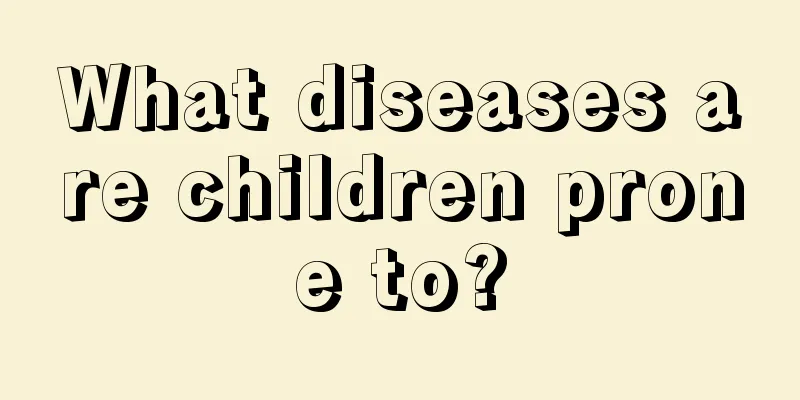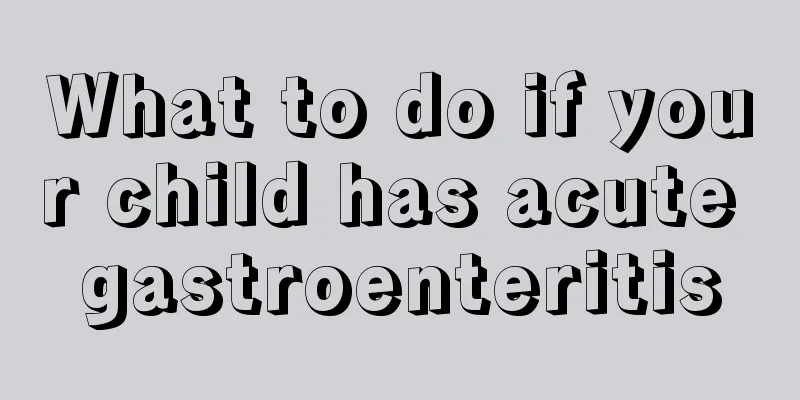Symptoms of acute laryngitis in children

|
Children prefer to eat cold foods, such as ice cream cones. If these are consumed for a long time, it is easy to cause acute post-inflammation in children. Because the child's internal environment is in a development process and cannot be overly exposed to external stimulation and influence, so in daily life, we must remember not to let children eat too much cold food. Of course, in addition to the acute laryngitis caused by cold drinks, we should also understand some symptoms caused by germs, such as colds and fevers, which may cause lesions in the throat. Therefore, it is necessary to provide children with care and treatment for their diseases on a daily basis. It can be caused by viral or bacterial infection, often secondary to upper respiratory tract infection such as common cold, acute rhinitis, pharyngitis, or certain acute infectious diseases such as influenza, measles, whooping cough, etc. The onset is often acute, and most children have fever, often accompanied by cough, hoarseness, etc. In the early stage, the main symptom is laryngeal spasm, and hoarseness is usually not serious. It manifests as paroxysmal barking cough or dyspnea. Then the inflammation invades the subglottic area and the cough sounds "empty", "empty", and the symptoms worsen at night. The edema of the subglottic mucosa worsens, and inspiratory laryngeal stridor may occur. Severe cases may cause dyspnea during inspiration, flaring of nostrils, sinking of the suprasternal fossa, supraclavicular fossa, intercostal space and upper abdominal soft tissue during inspiration (clinically known as the three-depression sign), irritability, flaring of nostrils, cold sweats, and a rapid pulse. Laryngeal obstruction grades: At one time, the child was like a normal person when quiet, and only had inspiratory stridor and inspiratory dyspnea after activity. Auscultation revealed clear breath sounds and a normal heart rate. Second degree: laryngeal stridor and inspiratory dyspnea occur even at rest. Laryngeal conducted sounds or tubular breath sounds can be heard on auscultation. The heart rate is relatively fast, reaching 120-140 beats/minute. Third degree: In addition to the second degree symptoms, there are also paroxysmal irritability, cyanosis of the lips and nails, blue or pale area around the mouth, weakened or inaudible breath sounds in both lungs, dull heart sounds, and a heart rate of 140 to 160 beats per minute. Fourth degree: Restlessness turns into semi-coma or coma, with temporary quietness, gray complexion, and almost disappearance of both types of breath sounds on auscultation, with only tracheal conduction sounds, weak heart sounds, and irregular or fast or slow heartbeat. Laryngitis has adverse effects on children's diet, and children may also feel physical discomfort. At this time, you should communicate with your child appropriately to avoid your child crying. If the child's laryngitis symptoms cannot be relieved for a long time, you should consult a doctor's advice or opinions in time to relieve the child's crying. |
<<: Allergic asthma in children
>>: What to do if your child gets chickenpox
Recommend
Standard height and weight for 10-year-old girls
Every child is different and every child is compl...
What should I do if my child grows too fast?
For a long time, parents hope that their children...
Why does my baby sleep restlessly in the second half of the night?
The biggest feeling of mothers after having a bab...
Symptoms of calcium deficiency in babies
When children are young, parents like to compare ...
Is ADHD harmful to elementary school students?
Primary school students are the group most likely...
How to make baby beef puree
The best complementary food for infants and young...
What to do if candy gets stuck in throat
Sugar stuck in the throat is a phenomenon that ha...
Can I use a pacifier all night?
When the baby cries, many parents will use pacifi...
What are the symptoms of hydrocephalus in premature infants?
The sequelae of hydrocephalus in premature infant...
What should you pay attention to when your baby is four and a half months old?
The body of a newborn baby is very fragile, so th...
What should I do if my child vomits repeatedly?
The stomach and intestines of children are relati...
Can children eat durian when they have a fever?
Everyone will encounter various diseases during t...
What to do if the child has itchy red spots on his body
If a child develops blisters on his body and they...
What to do if children have fever and cold
The occurrence of fever and cold in children will...
How to treat a child's trachea
It is common for children to have poor trachea in...









